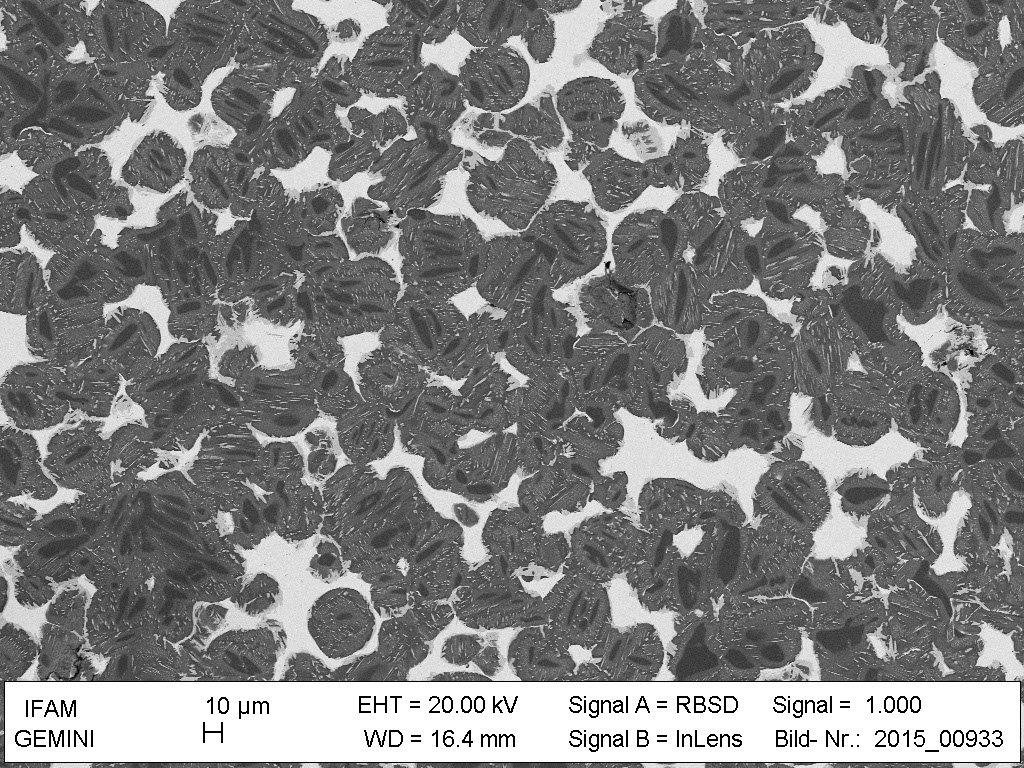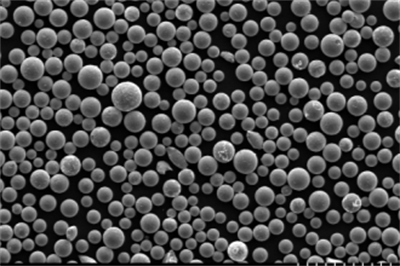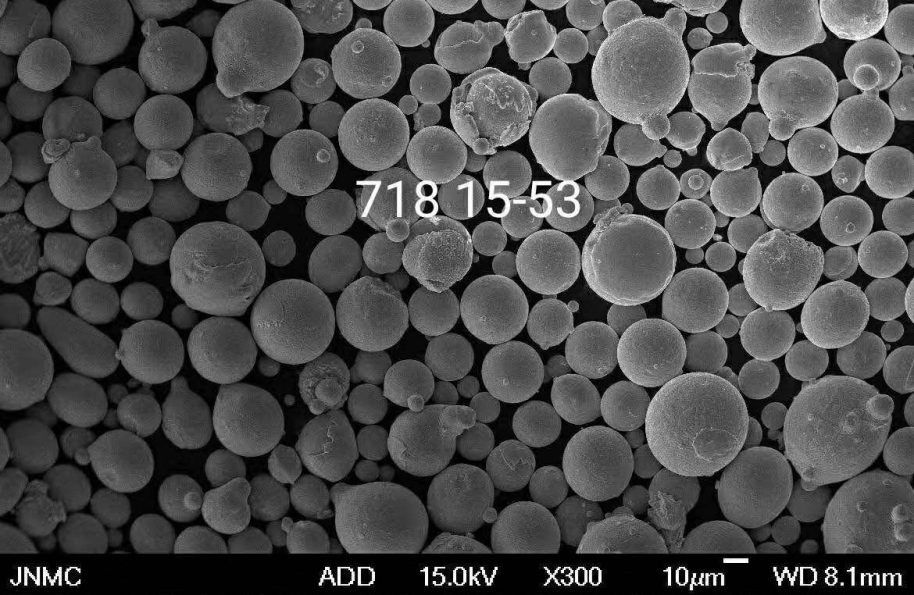Introduction
What is metal powder?
Metal powder is a crucial component in the field of 3D printing, particularly when it comes to printing objects using metal materials. It is a finely powdered substance that is made up of tiny particles of various metals, such as aluminum, titanium, stainless steel, and more. Metal powder is specifically designed to have certain properties that make it suitable for 3D printing processes. These properties include high flowability, good sinterability, and excellent thermal conductivity. The use of metal powder in 3D printing allows for the creation of complex and intricate metal objects that would be difficult or impossible to produce using traditional manufacturing methods. With the advancements in metal powder technology, the applications of metal powder in 3D printing are expanding rapidly, revolutionizing industries such as aerospace, automotive, healthcare, and more.
Overview of 3D printing
In the field of additive manufacturing, 3D printing has emerged as a revolutionary technology with a wide range of applications. This article aims to explore the specific applications of metal powder in 3D printing. Before delving into the various uses of metal powder, it is essential to provide an overview of 3D printing. 3D printing, also known as additive manufacturing, involves the creation of three-dimensional objects by layering materials based on a digital model. This technology has gained significant popularity due to its ability to produce complex and intricate designs that were previously unattainable using traditional manufacturing methods. By understanding the fundamentals of 3D printing, we can better appreciate the significance and potential of metal powder in this innovative field.
Importance of metal powder in 3D printing
Metal powder is a crucial component in 3D printing, especially when it comes to printing objects with metal materials. It serves as the raw material that is melted and solidified layer by layer to create intricate and complex metal parts. The quality and properties of the metal powder directly impact the final outcome of the printed object, including its strength, durability, and surface finish. Therefore, selecting the right metal powder is of utmost importance to ensure the desired characteristics and performance of the 3D printed metal parts. Additionally, advancements in metal powder technology have led to the development of new alloys and improved powder characteristics, expanding the possibilities and applications of metal 3D printing in various industries such as aerospace, automotive, and healthcare. The continuous research and innovation in metal powder production and utilization are driving the growth and adoption of 3D printing technology in the manufacturing sector.
Types of Metal Powders

Stainless steel powder
Stainless steel powder is a versatile material that has found numerous applications in the field of 3D printing. With its high strength, corrosion resistance, and excellent thermal properties, stainless steel powder is ideal for creating durable and functional parts. This powder can be used in various industries, including aerospace, automotive, and medical, where precision and reliability are of utmost importance. Additionally, the ability to customize the composition of stainless steel powder allows for the creation of unique alloys with specific properties, further expanding its potential applications in 3D printing. Overall, stainless steel powder offers a cost-effective and efficient solution for producing complex and high-quality components in the rapidly evolving world of additive manufacturing.
Titanium powder
Titanium powder is a widely used material in the field of 3D printing. Due to its excellent properties, such as high strength, corrosion resistance, and biocompatibility, titanium powder is highly sought after for various applications. In the aerospace industry, titanium powder is used to create lightweight and durable components for aircraft and spacecraft. In the medical field, it is used to fabricate implants and prosthetics that are compatible with the human body. Additionally, titanium powder is also utilized in the automotive, defense, and electronics industries. With the advancements in 3D printing technology, the applications of titanium powder are only expected to expand further, making it an indispensable material in the world of additive manufacturing.
Aluminum powder
Aluminum powder is one of the most commonly used metal powders in 3D printing. Its unique properties, such as high strength-to-weight ratio and excellent thermal conductivity, make it an ideal choice for a wide range of applications. In the aerospace industry, aluminum powder is used to create lightweight components that can withstand high temperatures and provide superior performance. Additionally, aluminum powder is also utilized in the automotive sector to manufacture parts with enhanced durability and fuel efficiency. With the advancements in 3D printing technology, the use of aluminum powder is expected to grow further, revolutionizing industries and enabling the production of complex and intricate designs with ease.
Advantages of Using Metal Powder in 3D Printing
High strength and durability
Metal powder is widely used in 3D printing due to its high strength and durability. It allows for the creation of robust and long-lasting parts that can withstand heavy loads and harsh environments. The use of metal powder in 3D printing also enables the production of complex geometries and intricate designs that would be difficult or impossible to achieve with traditional manufacturing methods. This makes it a valuable material for various industries, including aerospace, automotive, and healthcare. With the continuous advancements in metal powder technology, the applications of 3D printing in these industries are expected to expand even further, revolutionizing the way we manufacture and design products.
Complex geometries
Metal powder is widely used in 3D printing for creating complex geometries. With its ability to be melted and solidified layer by layer, metal powder allows for the fabrication of intricate and precise shapes that would be difficult to achieve using traditional manufacturing methods. This makes it particularly suitable for industries such as aerospace, automotive, and medical, where complex geometries are often required. By utilizing metal powder in 3D printing, manufacturers can produce parts with high strength, durability, and dimensional accuracy, opening up new possibilities for design and innovation.
Cost-effectiveness
Metal powder in 3D printing offers a remarkable cost-effectiveness that revolutionizes the manufacturing industry. By utilizing metal powder as the raw material, companies can significantly reduce production costs compared to traditional manufacturing methods. The ability to create complex and intricate designs with minimal material waste further enhances the cost-effectiveness of metal powder in 3D printing. Additionally, the flexibility of 3D printing allows for on-demand production, eliminating the need for large inventory storage and reducing the risk of excess stock. Overall, the cost-effectiveness of metal powder in 3D printing opens up new possibilities for businesses to streamline their manufacturing processes and achieve greater efficiency.
Applications of Metal Powder in 3D Printing
Aerospace industry
The aerospace industry has been one of the key sectors benefiting from the applications of metal powder in 3D printing. With its ability to produce complex and lightweight components, 3D printing using metal powders has revolutionized the manufacturing process in the aerospace industry. This technology has enabled the production of intricate parts with high precision and reduced weight, leading to improved fuel efficiency and overall performance of aircraft. Furthermore, the use of metal powder in 3D printing has also allowed for the customization and optimization of parts, resulting in enhanced functionality and durability. As a result, the aerospace industry has witnessed significant advancements in design capabilities, cost savings, and reduced lead times, making 3D printing with metal powders a game-changer in the field of aerospace engineering.
Medical industry
The medical industry has seen significant advancements with the integration of metal powder in 3D printing. This innovative technology has revolutionized the production of medical devices, implants, and prosthetics. Metal powders such as titanium, stainless steel, and cobalt-chrome alloys are used to create complex and customized medical components with high precision and accuracy. 3D printing allows for the fabrication of patient-specific implants that fit perfectly and promote faster healing. Additionally, the use of metal powder in 3D printing has enabled the development of lightweight and durable medical instruments that enhance surgical procedures. With ongoing research and development, the potential applications of metal powder in the medical industry are vast, offering new possibilities for personalized healthcare and improved patient outcomes.
Automotive industry
The automotive industry is one of the key sectors that has greatly benefited from the applications of metal powder in 3D printing. With the ability to create complex and lightweight components, 3D printing has revolutionized the way automotive parts are designed and manufactured. Metal powder, such as titanium, aluminum, and stainless steel, is used as the raw material in the 3D printing process. This allows for the production of strong and durable parts that meet the stringent requirements of the automotive industry. From engine components to customized car parts, metal powder 3D printing has enabled faster prototyping, reduced costs, and improved overall performance in the automotive sector.
Challenges and Limitations of Metal Powder 3D Printing
Powder handling and safety
In the field of 3D printing, powder handling and safety are crucial aspects to consider when working with metal powder. Metal powders used in 3D printing are often fine and can be easily dispersed in the air, posing a potential health hazard if inhaled. Therefore, it is important to implement proper safety measures such as wearing protective gear, working in a well-ventilated area, and using dust extraction systems to minimize the risk of exposure. Additionally, proper handling techniques should be followed to prevent powder contamination and maintain the quality of the printed parts. This includes storing the powder in sealed containers, using dedicated tools for handling, and regularly inspecting equipment for any signs of wear or damage. By prioritizing powder handling and safety, manufacturers and researchers can ensure a safe working environment and achieve high-quality results in metal 3D printing applications.
Post-processing requirements
Post-processing requirements play a crucial role in the successful application of metal powder in 3D printing. After the printing process, the metal parts often require various post-processing steps to achieve the desired surface finish, dimensional accuracy, and mechanical properties. These post-processing steps may include heat treatment, machining, polishing, and surface coating. Heat treatment helps to enhance the strength and durability of the metal parts, while machining is necessary to remove any excess material and achieve precise dimensions. Polishing is carried out to improve the surface smoothness and aesthetics of the printed parts. Additionally, surface coating can be applied to provide additional protection and enhance the appearance of the metal parts. Overall, the post-processing requirements ensure that the metal powder 3D printed parts meet the desired quality standards and functional requirements.
Material limitations
Metal powder is widely used in 3D printing due to its unique properties and versatility. However, there are certain limitations that need to be considered when using metal powder as a material for 3D printing. One of the main limitations is the cost of metal powder, which can be significantly higher compared to other materials used in 3D printing. Additionally, the availability of specific metal powders may be limited, making it challenging to find the desired material for a particular application. Moreover, the handling and storage of metal powder require special precautions due to its reactive nature. Despite these limitations, advancements in technology and research are continuously addressing these challenges, making metal powder an increasingly viable option for various 3D printing applications.
Future Trends in Metal Powder 3D Printing

Improved material properties
Metal powder is revolutionizing the field of 3D printing by offering improved material properties. With its ability to create complex geometries and high-resolution structures, metal powder enables the production of parts with enhanced strength, durability, and performance. This advancement in material properties opens up a wide range of applications in various industries, including aerospace, automotive, and healthcare. From lightweight components in aircraft to customized medical implants, the use of metal powder in 3D printing is transforming the way we design and manufacture products. By harnessing the unique characteristics of metal powder, engineers and designers can push the boundaries of what is possible, creating innovative solutions that were previously unattainable.
Increased adoption in various industries
Metal powder has seen increased adoption in various industries for 3D printing applications. With its unique properties, such as high strength, durability, and thermal conductivity, metal powder has become a popular choice for producing complex and intricate parts. Industries such as aerospace, automotive, and healthcare have embraced this technology to create lightweight yet strong components, customized implants, and even functional prototypes. The versatility of metal powder in 3D printing has opened up new possibilities for innovation and has revolutionized the manufacturing process in these industries.
Advancements in powder bed fusion technology
Advancements in powder bed fusion technology have revolutionized the field of 3D printing, particularly with the use of metal powder. This innovative technology allows for the creation of intricate and complex metal parts with high precision and accuracy. By selectively melting layers of metal powder using a laser or electron beam, powder bed fusion technology enables the production of custom-designed components that are not only durable but also lightweight. With its ability to fabricate objects with intricate geometries, this technology has found applications in various industries, including aerospace, automotive, and healthcare. The advancements in powder bed fusion technology have opened up new possibilities for the manufacturing industry, paving the way for the production of highly functional and efficient metal parts.





